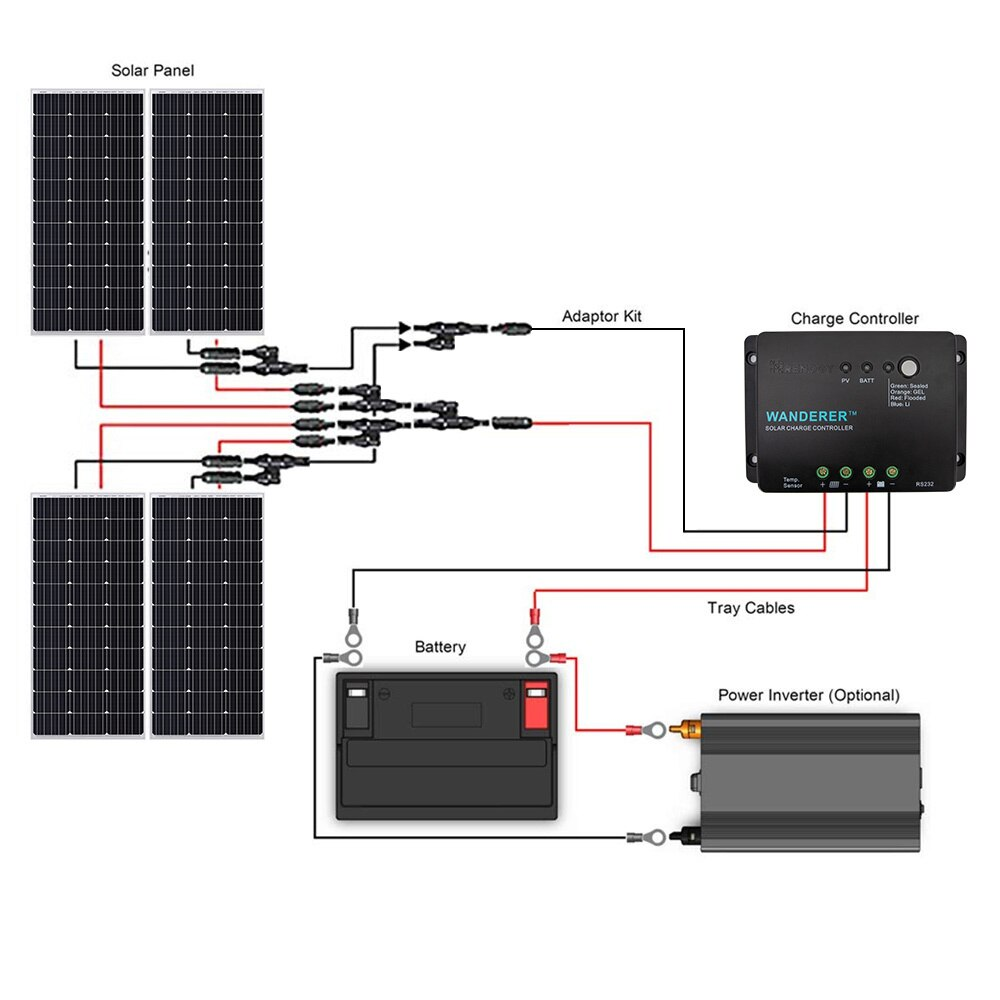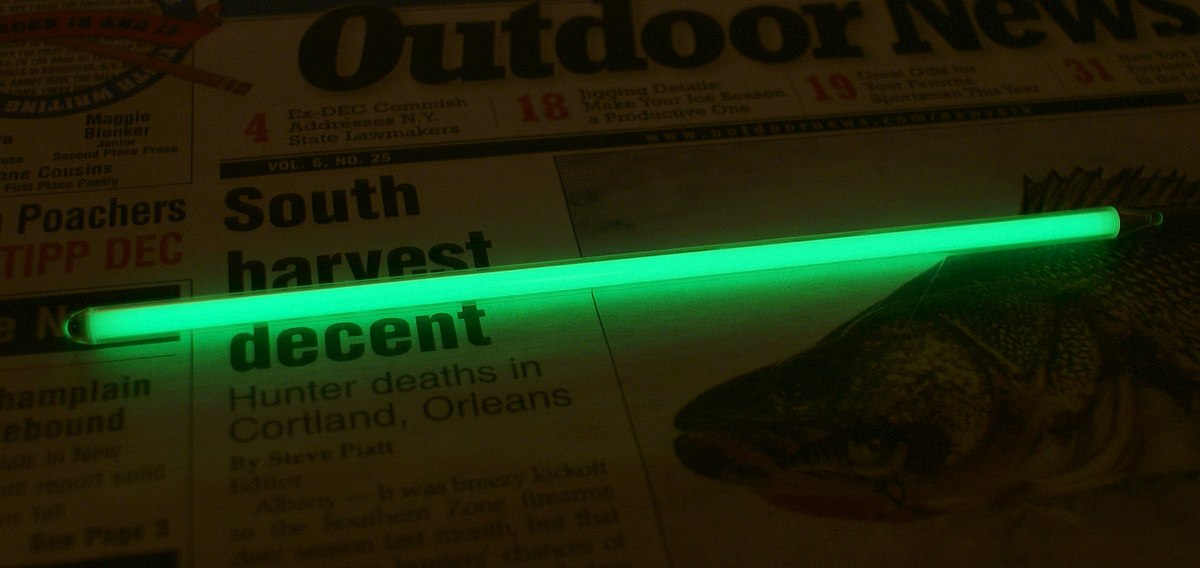Hello all.
Very new to the site (account is about 4 minutes old) and new to solar.
Have been an electronics technician for decades so I at least know what end of the soldering iron gets hot. Not exactly a "newbie" with electronics, but definitely newbie on solar...so not sure what I'm doing wrong here with a new system.
Four 100-watt Renogy panels, wired in parallel, on the roof of my house
About 70-feet of 10GA wire running from panels to 30A Renogy Wanderer controller (with BT adapter, for monitoring)
Two 12 30Ah LiFePo4 batteries, also wired in parallel
I have other crap as well (2K inverter, wired to panel, etc.) but I'm good with that stuff
My question is panel efficiency.
I have a "tree" problem - this I know. We've got big-a$$ pine trees in the front yard (south facing). So, I know I'm not really getting much *direct* sunlight right now.
The "tree guys" have been called, and we're getting about a dozen of these 200+' trees knocked down, soonish.
I'm also not sure about the wiring from the panels to the controller. I've got connectivity. Started out with two 100-watt panels, wasn't getting much, added two more (all in parallel). But, I'm still getting practically nothing for output.
This has all been an experiment - will it work for my specific application. So, I've started out small. But, something just isn't right.
I expected the not-so-direct sunlight to effect efficiency quite a bit - hence the call to the "tree guy". I also expect some loss with the longish run of wire from the panels to the controller - but that can't really be helped right now. Not ready to commit to drilling holes in my roof until I'm sure this is gonna work (and right now, it isn't). So, wires run down the roofline, into a hastily-made hole in my gable vent, into the crawlspace, and down to the controller. I have a 20' wire, connected to a 30' wire (wasn't sure what I'd need until I got up there), connected, to the wires that came with the Renogy starter kit (controller and one 100-watt panel). I think it's about another 20'.
Again, I know it's not the best as far as length, or length-versus-wire-gauge - I expected some loss.
I expected my array to give me "only 20%" for now. Or, with both loss from the length-of-wire and the lack of good direct sunlight..."only 10%" for now.
But, I'm getting practically NOTHING. I've got the Renogy app that ties to the BT interface on the controller, plus I've wired a DC-shunted meter on the panel output. Both meters are giving me similar numbers, so I don't think they're wrong.
I'm not getting 20%...which would be about 80-watts.
I'm not getting 10%...which would be about 40-watts.
I'm getting like 0.7-watts, sometimes up to 1.4-watts.
That's it.
What am I doing wrong?
I'm getting SOME power (18-20 volts DC) out of the panels, so I've got conductivity/connectivity.
Am I really getting THAT much loss from 70' of 10GA wire? Or, do the panels absolutely need full-on, put-your-shades-on-because-it's-so-damn-bright-out-here *direct* sunlight to put out ANY power at all?
Any help or suggestions would be most appreciated.
Habious
Very new to the site (account is about 4 minutes old) and new to solar.
Have been an electronics technician for decades so I at least know what end of the soldering iron gets hot. Not exactly a "newbie" with electronics, but definitely newbie on solar...so not sure what I'm doing wrong here with a new system.
Four 100-watt Renogy panels, wired in parallel, on the roof of my house
About 70-feet of 10GA wire running from panels to 30A Renogy Wanderer controller (with BT adapter, for monitoring)
Two 12 30Ah LiFePo4 batteries, also wired in parallel
I have other crap as well (2K inverter, wired to panel, etc.) but I'm good with that stuff
My question is panel efficiency.
I have a "tree" problem - this I know. We've got big-a$$ pine trees in the front yard (south facing). So, I know I'm not really getting much *direct* sunlight right now.
The "tree guys" have been called, and we're getting about a dozen of these 200+' trees knocked down, soonish.
I'm also not sure about the wiring from the panels to the controller. I've got connectivity. Started out with two 100-watt panels, wasn't getting much, added two more (all in parallel). But, I'm still getting practically nothing for output.
This has all been an experiment - will it work for my specific application. So, I've started out small. But, something just isn't right.
I expected the not-so-direct sunlight to effect efficiency quite a bit - hence the call to the "tree guy". I also expect some loss with the longish run of wire from the panels to the controller - but that can't really be helped right now. Not ready to commit to drilling holes in my roof until I'm sure this is gonna work (and right now, it isn't). So, wires run down the roofline, into a hastily-made hole in my gable vent, into the crawlspace, and down to the controller. I have a 20' wire, connected to a 30' wire (wasn't sure what I'd need until I got up there), connected, to the wires that came with the Renogy starter kit (controller and one 100-watt panel). I think it's about another 20'.
Again, I know it's not the best as far as length, or length-versus-wire-gauge - I expected some loss.
I expected my array to give me "only 20%" for now. Or, with both loss from the length-of-wire and the lack of good direct sunlight..."only 10%" for now.
But, I'm getting practically NOTHING. I've got the Renogy app that ties to the BT interface on the controller, plus I've wired a DC-shunted meter on the panel output. Both meters are giving me similar numbers, so I don't think they're wrong.
I'm not getting 20%...which would be about 80-watts.
I'm not getting 10%...which would be about 40-watts.
I'm getting like 0.7-watts, sometimes up to 1.4-watts.
That's it.
What am I doing wrong?
I'm getting SOME power (18-20 volts DC) out of the panels, so I've got conductivity/connectivity.
Am I really getting THAT much loss from 70' of 10GA wire? Or, do the panels absolutely need full-on, put-your-shades-on-because-it's-so-damn-bright-out-here *direct* sunlight to put out ANY power at all?
Any help or suggestions would be most appreciated.
Habious







